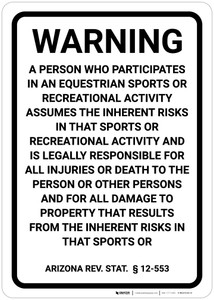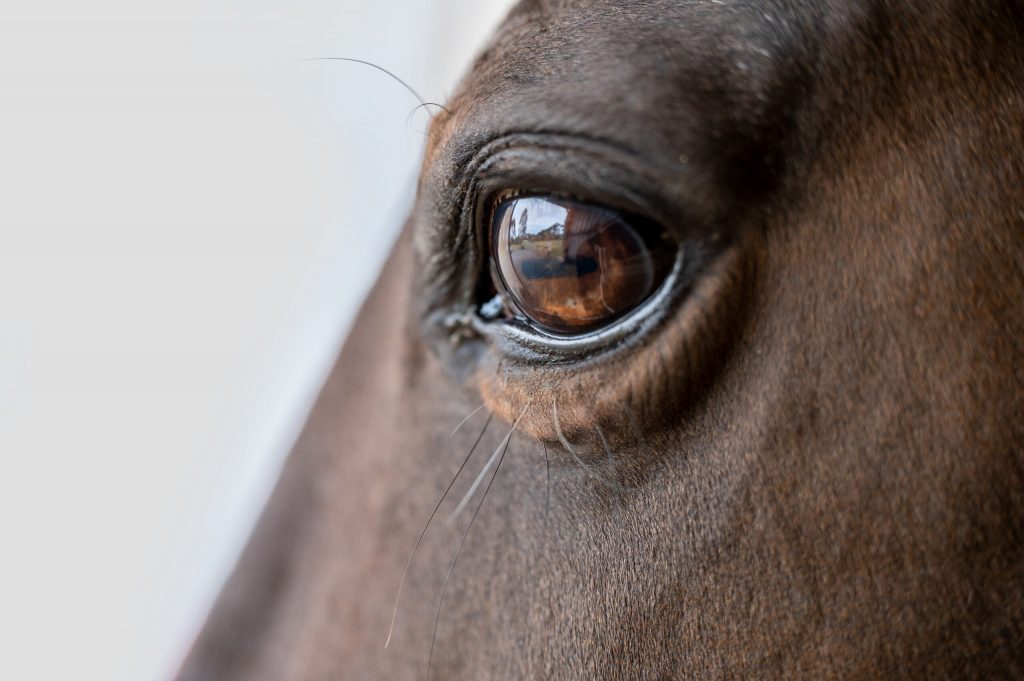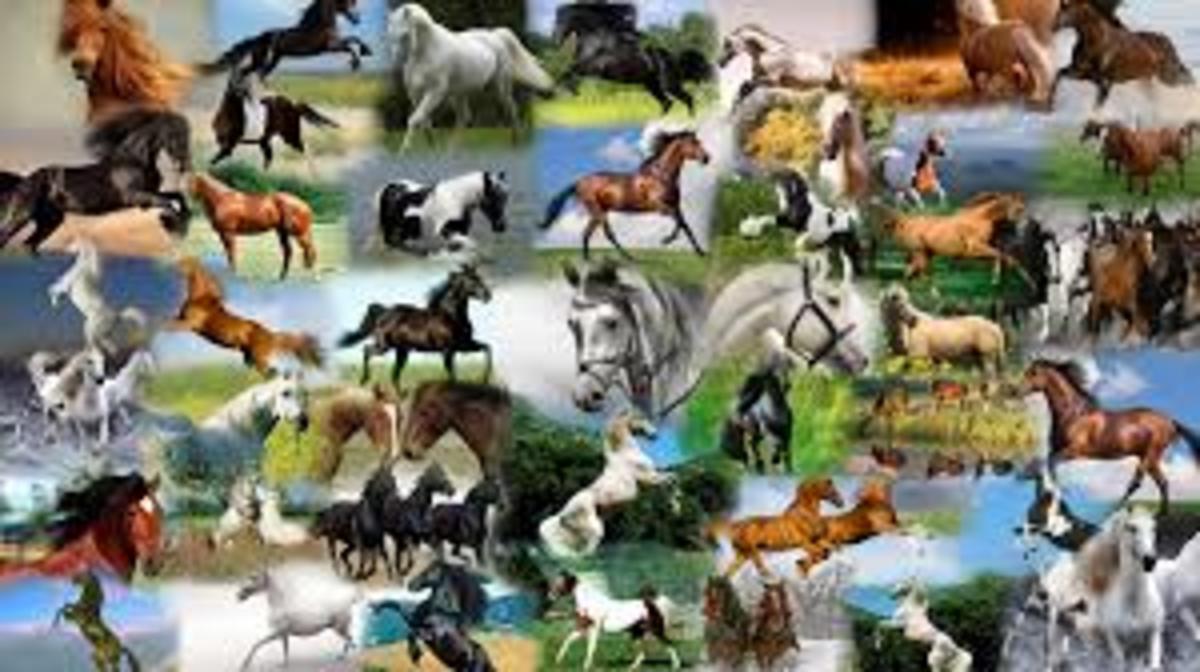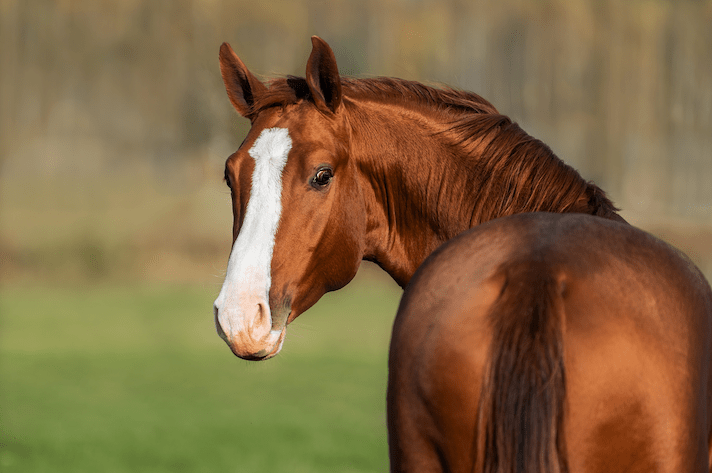Horse Behavior Warning Signs Every Rider Should Know

Understanding horse behavior is crucial for every rider to ensure safety and build a strong bond with their horse. Horses communicate primarily through body language and subtle cues, and recognizing warning signs early can prevent accidents and improve riding experiences.
Why Understanding Horse Behavior Matters

Horses are prey animals with instinctive reactions to perceived threats. Their behavior can indicate discomfort, fear, pain, or agitation. Riders who can interpret these signals can respond appropriately, avoiding dangerous situations.
Common Warning Signs in Horse Behavior

| Warning Sign | Description | What It May Indicate |
|---|---|---|
| Ears pinned back | Ears flattened tightly against the head | Anger, irritation, or fear |
| Tail swishing | Rapid or forceful movement of the tail | Discomfort, annoyance, or agitation |
| Pawing the ground | Repeatedly striking the ground with a hoof | Impatience, anxiety, or pain |
| Head tossing | Sudden, sharp movements of the head up and down | Discomfort, resistance, or frustration |
| Showing the whites of eyes | The visible sclera around the eyes | Fear or heightened alertness |
| Grinding teeth | Audible grinding or clenching of teeth | Stress, pain, or discomfort |
| Raised hackles | Hair along the neck standing up | Fear or aggression |
How to Respond to Warning Signs

- Stay calm: Horses can sense rider anxiety, which may escalate their behavior.
- Assess the environment: Look for potential stressors like loud noises or unfamiliar objects.
- Check for pain or injury: Physical discomfort is a common cause of behavioral issues.
- Adjust riding techniques: Sometimes changing your approach can ease the horse’s stress.
- Seek professional help: If warning signs persist, consult a veterinarian or an experienced trainer.
Frequently Asked Questions (FAQ)
Q: Can all horses show the same warning signs?
A: While many signs are common, individual horses may express discomfort or agitation differently based on their personality and past experiences.
Q: How quickly should I react to a warning sign?
A: Immediate attention is important to prevent escalation, but always prioritize your safety and approach the horse calmly.
Q: Are some warning signs more serious than others?
A: Yes, signs like pinned ears combined with aggressive movements require more caution than mild tail swishing.
Understanding these warning signs and how to respond can greatly enhance rider safety and horse welfare. Being attentive to your horse’s behavior is a key skill for every rider.
